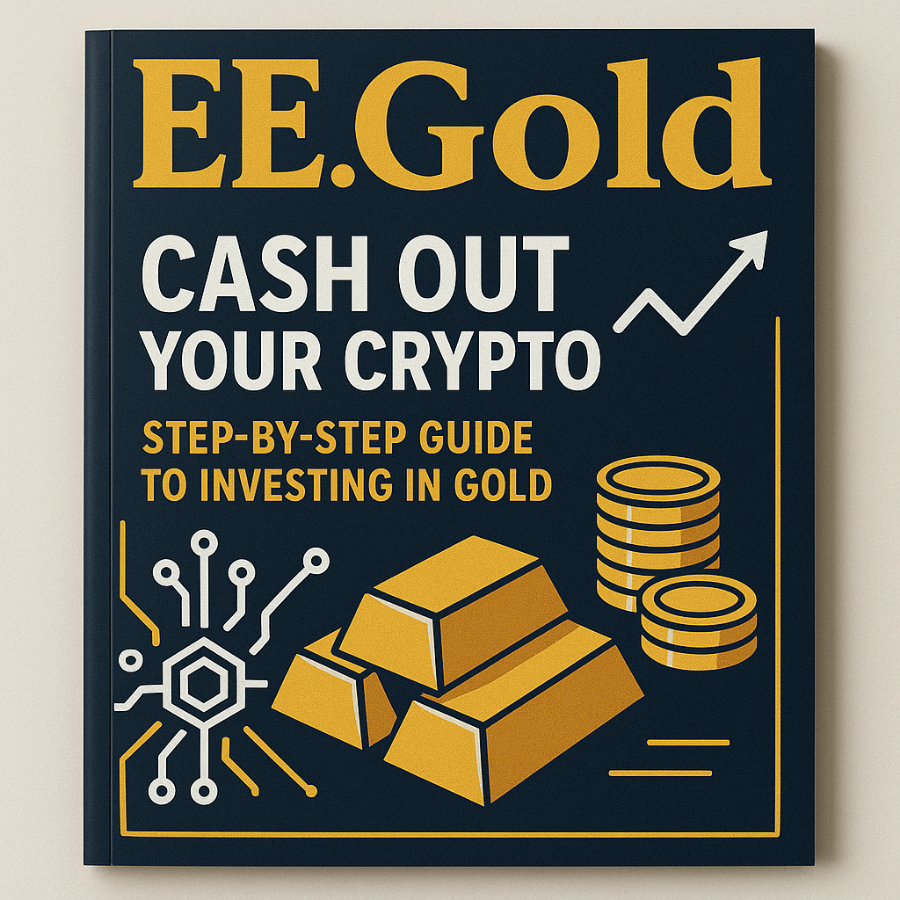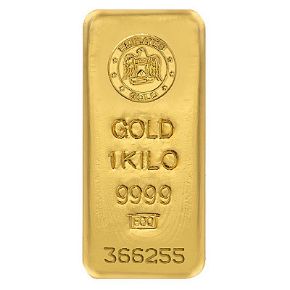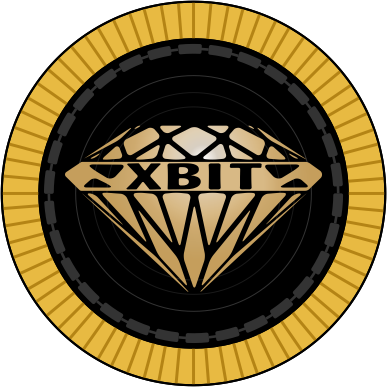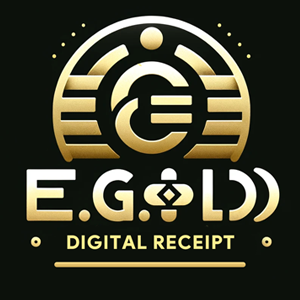
Cryptocurrency has revolutionized the world of finance, offering decentralized, digital alternatives to traditional money. However, as volatile as crypto markets can be, many investors seek stability and tangible value to preserve their wealth. One of the oldest and most trusted stores of value is gold. If you're considering cashing out your cryptocurrency holdings and investing in gold, this guide will walk you through the entire process step by step.
Why Convert Crypto to Gold?
Before diving into the “how,” it’s important to understand the “why.” Here are some compelling reasons investors consider moving from crypto to gold:
Stability: Gold has been a stable store of value for thousands of years, unlike cryptocurrencies, which can experience dramatic price swings within hours or days.
Hedge Against Inflation: Gold often retains purchasing power during inflationary periods when fiat currency may lose value.
Tangible Asset: Unlike digital currencies, gold is a physical asset you can hold, store, and even pass down through generations.
Portfolio Diversification: Adding gold to your portfolio can reduce risk, balancing out the volatility of crypto and other assets.
Regulatory Concerns: Crypto markets face evolving regulations globally. Some investors move to gold to mitigate regulatory risks.
Step 1: Assess Your Crypto Holdings
Begin by evaluating your current cryptocurrency portfolio:
Identify the assets you want to cash out — Bitcoin, Ethereum, or altcoins.
Check current market prices to decide the right timing.
Consider tax implications in your jurisdiction, as converting crypto to fiat and then investing may trigger taxable events.
Step 2: Choose How to Cash Out Crypto
You generally have two ways to cash out your crypto:
a) Exchange for Fiat Currency
Use a cryptocurrency exchange (e.g., Coinbase, Binance, Kraken) to sell your crypto holdings for your local currency.
Transfer the fiat money to your bank account.
Note: Watch for withdrawal fees and bank transfer times.
b) Peer-to-Peer (P2P) Selling
Use P2P platforms like LocalBitcoins or Binance P2P to sell directly to buyers.
Can offer better rates but involves higher risk and requires caution.
Step 3: Decide on the Type of Gold Investment
Gold comes in various forms; choosing the right one depends on your investment goals and convenience.
Physical Gold
Gold Bars: Available in various weights; ideal for larger investments.
Gold Coins: Popular coins include American Eagles, Canadian Maple Leafs, and South African Krugerrands.
Jewelry: Less ideal purely for investment due to craftsmanship premiums but can be considered for combined use.
Paper Gold and Digital Gold
Gold ETFs: Exchange-Traded Funds backed by physical gold.
Gold Certificates: Proof of gold ownership without physical delivery.
Digital Gold Platforms: Some companies allow you to buy, hold, and sell gold digitally with storage options.
Gold Mining Stocks and Funds
Invest in companies that mine gold; this adds exposure but with additional risks related to the company’s performance.
Step 4: Select a Reputable Gold Dealer or Platform
If you opt for physical gold:
Choose a trusted dealer with transparent pricing.
Verify authenticity guarantees and return policies.
Consider storage options — home safe, bank safety deposit box, or third-party vaults.
If you prefer digital or paper gold:
Select well-established ETFs or platforms.
Check fees, liquidity, and regulatory compliance.
Step 5: Make the Purchase
Transfer funds from your bank or crypto exchange account to the gold dealer or platform.
Confirm the exact amount of gold you are purchasing.
Ensure you receive official documentation or certificates for your gold holdings.
Step 6: Secure Your Gold Investment
For Physical Gold:
Arrange secure storage immediately after purchase.
Consider insurance for home storage or use professional vault services.
Maintain records of purchase and storage.
For Digital or Paper Gold:
Safeguard your account credentials.
Keep records of transactions and statements.
Regularly review your investment.
Step 7: Monitor and Manage Your Portfolio
Stay informed on gold market trends and macroeconomic factors.
Decide on your holding period — short term for potential price spikes or long term for wealth preservation.
Consider rebalancing your portfolio periodically to maintain your desired asset allocation.
Tips for a Successful Transition from Crypto to Gold
Timing Matters: Avoid cashing out crypto during market lows or gold during highs.
Understand Costs: Factor in exchange fees, dealer premiums, storage, and insurance costs.
Beware of Scams: Use only verified exchanges and dealers.
Consult Professionals: Talk to financial advisors or tax professionals regarding legal and tax implications.
Diversify: Don’t put all your wealth into gold or crypto alone; diversification is key.
Cashing out your cryptocurrency to invest in gold can be a smart way to reduce volatility and safeguard your wealth. By following these step-by-step guidelines, you can navigate the process smoothly — from evaluating your crypto assets to securely purchasing and storing gold. Whether you choose physical bars, coins, or digital gold products, the timeless appeal of gold offers a balanced complement to your investment portfolio.
NOTE
This Content is the copyrighted content of EE.GOLD. All rights are reserved. You are welcome to share or use our content only by including direct links to our website. Any other form of reproduction, distribution, or use without proper attribution is strictly prohibited.
This Content is intended solely for educational purposes. The information provided does not constitute financial or investment advice.
Please note that Digital Storage Receipt, Secure Storage Solutions, and Physical Gold Sales are the only services offered by EE.GOLD.
We strictly adhere to government regulations and are firmly against all illegal financial or investment activities globally.
For further inquiries, feel free to contact us through our official channels.










.png)

